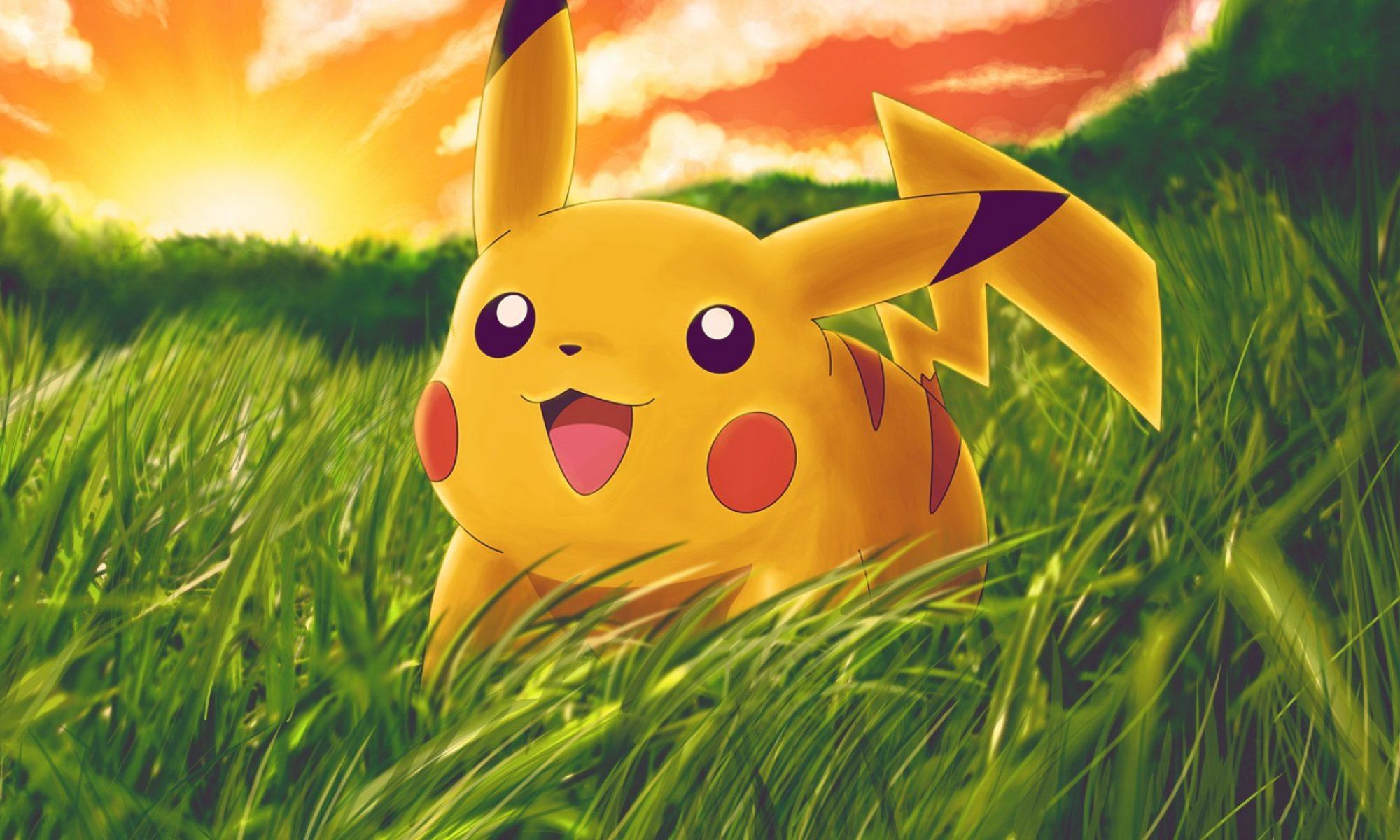By Matt
Capturing Pokemon is a basic thing, and every Trainer learns in the beginning of the game how to capture a Pokemon. But I’ll actually describe the more advanced concepts of capturing Pokemon. Pokemon are classified by a basic Capture Rate, which goes from 3 to 255.
A Capture Rate is the probability of catching a wild Pokemon by using a Poke Ball when it is at full health, or has all of its Hit Points. A Poke Ball provides the most basic capture rate at 1x. Various factors, such as status condition or HP, will add more multiplier to the formula.
There is a 2x multiplier that will be added for Sleep and Freeze status conditions. Burn, Poison, and Paralysis will add 1.5x. Different kinds of Poke Balls will add to the formula as well. For example, the Ultra Ball, which many trainers use, provides 2x. Poke Balls like the Quick Ball are extreme; the first turn will provide 4x, but all turns after, 1x, which is the same as a Poke Ball. For combining these factors, you will multiply, so capturing a Pokemon that is paralyzed with the Ultra Ball will be 3 times more likely than using a Poke Ball. This is assuming the Pokemon is at full health; HP is also a crucial factor in catching a Pokemon. The Professor of each game says that capturing Pokemon in the red zone is much easier, which is true. At full health, the Pokemon is 1/3 less likely to be captured, which is why it’s very tough (and unlikely) to capture a Pokemon with full health.
Filling up the Pokedex is no easy task, which is why we get bored sometimes with catching Pokemon. So what do you do when you’re trying to capture a Pokemon? You wait to see how many times the Poke Ball shakes.
By now, you know that three shakes are enough to capture a Pokemon. That’s true, and each time it shakes, a completely mind-boggling formula is computed in the game. Like a security check, the Poke Ball must withstand the probability of each shake, which has its own formula. The factors above are multiplied, making the capture more likely to work. If the Poke Ball doesn’t satisfy the first “check”, the Pokemon will break out of the ball before it even shakes. The same way happens for the rest, leading up to the break at three shakes for not satisfying the third “check”.
The last factor is Critical Captures, which happen rarely. But it’s quite a wonder to watch them in action. The first sign of a Critical Catch is the sound of the Poke Ball being thrown. It sounds different than the usual, and this time, only one shake “check” is required. Most of the time, it will work, but in extreme cases, it may break out. This just increases the chance to capture the Pokemon by limiting it down to one “check”. As for the formulas aforementioned… go check them out on Bulbapedia. They’re a little too complicated to explain.
Tags: Nintendo DS, Pokemon Black & White
